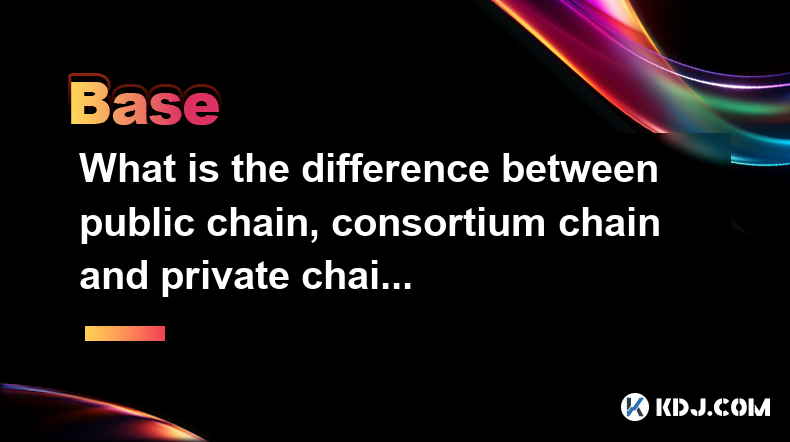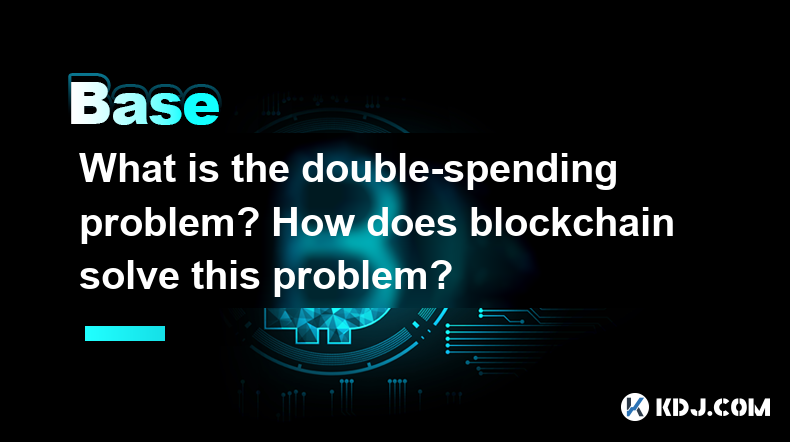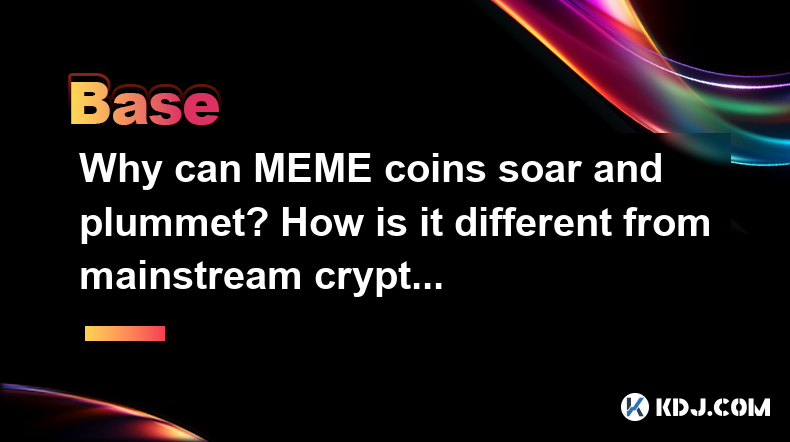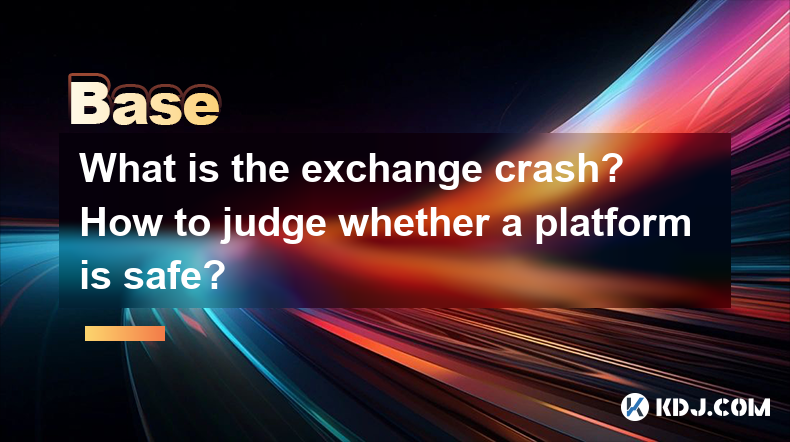-
 Bitcoin
Bitcoin $83,321.4268
1.92% -
 Ethereum
Ethereum $1,805.0367
1.69% -
 Tether USDt
Tether USDt $0.9993
-0.05% -
 XRP
XRP $2.1395
7.26% -
 BNB
BNB $594.8880
1.85% -
 Solana
Solana $119.4789
4.69% -
 USDC
USDC $0.9997
-0.04% -
 Dogecoin
Dogecoin $0.1698
7.63% -
 Cardano
Cardano $0.6677
6.83% -
 TRON
TRON $0.2403
2.57% -
 UNUS SED LEO
UNUS SED LEO $9.3931
-0.01% -
 Toncoin
Toncoin $3.4098
-4.38% -
 Chainlink
Chainlink $12.8159
2.86% -
 Stellar
Stellar $0.2605
3.26% -
 Avalanche
Avalanche $18.2959
1.70% -
 Sui
Sui $2.2472
0.47% -
 Shiba Inu
Shiba Inu $0.0...01231
1.39% -
 Hedera
Hedera $0.1660
6.00% -
 Polkadot
Polkadot $4.0976
4.31% -
 Litecoin
Litecoin $83.9330
2.88% -
 MANTRA
MANTRA $6.3850
1.06% -
 Bitcoin Cash
Bitcoin Cash $300.7858
1.83% -
 Bitget Token
Bitget Token $4.5326
1.30% -
 Dai
Dai $0.9998
-0.02% -
 Ethena USDe
Ethena USDe $0.9993
-0.03% -
 Monero
Monero $214.8497
2.22% -
 Hyperliquid
Hyperliquid $11.5517
2.18% -
 Uniswap
Uniswap $5.8645
2.37% -
 Pi
Pi $0.5305
-4.75% -
 NEAR Protocol
NEAR Protocol $2.5052
4.19%
How is blockchain technology secure?
Blockchain's security relies on cryptographic hashing for data integrity, decentralization to prevent single points of failure, and consensus mechanisms like PoW/PoS to validate transactions; however, vulnerabilities in specific implementations remain.
Mar 04, 2025 at 02:36 am

Key Points:
- Blockchain's security relies on cryptographic hashing, decentralization, and consensus mechanisms.
- Cryptographic hashing ensures data integrity and prevents tampering.
- Decentralization distributes the blockchain across numerous nodes, making it resistant to single points of failure and attacks.
- Consensus mechanisms, like Proof-of-Work (PoW) and Proof-of-Stake (PoS), validate transactions and add new blocks to the chain.
- While highly secure, blockchains are not invulnerable to all attacks. Weaknesses can exist in specific implementations or protocols.
How is Blockchain Technology Secure?
Blockchain technology's security is a multifaceted concept, stemming from a combination of robust cryptographic techniques, a decentralized architecture, and sophisticated consensus mechanisms. Understanding these elements is crucial to grasping the overall security of the system.
Cryptographic Hashing: The Foundation of Immutability
At the heart of blockchain security lies cryptographic hashing. Each block in a blockchain contains a cryptographic hash of the previous block's data. This creates a chain where altering any previous block would require recalculating the hashes of all subsequent blocks – a computationally infeasible task. This chain of hashes ensures data integrity and prevents tampering. Any attempt to modify past transactions would be immediately detectable.
Decentralization: Eliminating Single Points of Failure
Unlike traditional centralized databases, blockchains are distributed across a network of nodes. This decentralization eliminates single points of failure. If one node is compromised or goes offline, the rest of the network continues to function, maintaining the integrity of the blockchain. This inherent redundancy makes it extremely difficult for malicious actors to control or manipulate the entire system. Attacks require compromising a significant portion of the network, a highly improbable feat.
Consensus Mechanisms: Validating Transactions and Adding Blocks
Consensus mechanisms are crucial for maintaining the integrity and security of the blockchain. They determine how new blocks are added to the chain and how transactions are validated. Different types of consensus mechanisms exist, each with its own strengths and weaknesses.
- Proof-of-Work (PoW): This mechanism requires miners to solve complex computational problems to add new blocks. The computational effort required makes it extremely difficult for attackers to manipulate the blockchain. However, PoW is energy-intensive.
- Proof-of-Stake (PoS): In PoS, validators are chosen based on the amount of cryptocurrency they stake. This reduces energy consumption compared to PoW but introduces the risk of "nothing-at-stake" attacks, where validators might act dishonestly without significant penalty.
- Other Consensus Mechanisms: Beyond PoW and PoS, numerous other consensus mechanisms are emerging, each aiming to improve efficiency, security, and scalability. These include Delegated Proof-of-Stake (DPoS), Practical Byzantine Fault Tolerance (PBFT), and others. The choice of consensus mechanism significantly impacts the security profile of a specific blockchain.
Security Considerations and Potential Vulnerabilities
While blockchain technology offers significant security advantages, it's not impervious to all attacks. Specific vulnerabilities can arise from:
- 51% Attacks: In some consensus mechanisms, an attacker controlling more than 50% of the network's computational power (in PoW) or stake (in PoS) could potentially manipulate the blockchain. However, the computational or economic cost of achieving this is generally prohibitive.
- Smart Contract Vulnerabilities: Smart contracts, self-executing contracts written in code and stored on the blockchain, can contain vulnerabilities that malicious actors can exploit. Thorough auditing and rigorous testing are crucial to mitigate these risks.
- Private Key Compromises: Users are responsible for safeguarding their private keys. Loss or theft of private keys can lead to the loss of funds. Strong security practices, including using hardware wallets and employing robust password management, are essential.
- Exchange Hacks: While not directly related to the blockchain's inherent security, exchanges, which act as intermediaries between users and the blockchain, can be targets of hacking attempts. This highlights the importance of choosing reputable and secure exchanges.
Step-by-Step Guide to Understanding Blockchain Security
Understanding blockchain security involves a multi-step process:
- Learn about Cryptography: Gain a basic understanding of cryptographic hashing algorithms like SHA-256.
- Study Decentralization: Understand the role of distributed networks in enhancing security.
- Explore Consensus Mechanisms: Learn how PoW, PoS, and other consensus methods work and their respective strengths and weaknesses.
- Research Smart Contract Security: Familiarize yourself with potential vulnerabilities in smart contracts and secure coding practices.
- Practice Secure Key Management: Learn how to properly store and manage your private keys to prevent theft or loss.
Frequently Asked Questions:
Q: Is blockchain technology completely secure?
A: No, while blockchain technology offers strong security features, it's not invulnerable to all attacks. Weaknesses can exist in specific implementations, protocols, or due to human error (e.g., private key compromise).
Q: How does blockchain prevent data manipulation?
A: Cryptographic hashing and the decentralized nature of the blockchain prevent data manipulation. Altering any data would require changing numerous hashes across the entire network, which is computationally infeasible.
Q: What are the risks associated with using blockchain?
A: Risks include 51% attacks (though highly improbable in large networks), smart contract vulnerabilities, private key compromises, and exchange hacks (external to the blockchain itself).
Q: How can I protect my cryptocurrency assets?
A: Use strong passwords, enable two-factor authentication, store private keys securely (e.g., hardware wallets), and only use reputable exchanges.
Q: What are the different types of consensus mechanisms?
A: Common consensus mechanisms include Proof-of-Work (PoW), Proof-of-Stake (PoS), Delegated Proof-of-Stake (DPoS), and others, each with its own security trade-offs.
Q: What is a 51% attack?
A: A 51% attack occurs when a single entity controls more than half of the network's hashing power (PoW) or stake (PoS), allowing them to potentially manipulate the blockchain. This is generally computationally or economically infeasible for large blockchains.
Disclaimer:info@kdj.com
The information provided is not trading advice. kdj.com does not assume any responsibility for any investments made based on the information provided in this article. Cryptocurrencies are highly volatile and it is highly recommended that you invest with caution after thorough research!
If you believe that the content used on this website infringes your copyright, please contact us immediately (info@kdj.com) and we will delete it promptly.
- Ripple's RLUSD Stablecoin Has Gained Attention. It Has Over $100M Minted Since April 1
- 2025-04-05 00:10:12
- XCN Extends Prolonged Decline, Dipping Into Bearish Territory
- 2025-04-05 00:10:12
- Solana (SOL) Price Prediction: Will SOL Price Rise or Drop?
- 2025-04-05 00:05:11
- Bitcoin (BTC) Dominance May Be Poised to Rise Further, Analyst Says
- 2025-04-05 00:05:11
- Bitcoin Crashes After Trump's Tariff Bombshell
- 2025-04-05 00:00:23
- Coinbase Adds RSR To Roadmap, EDGE Listing Sparks Market Activity
- 2025-04-05 00:00:23
Related knowledge

Why is the oracle called the bridge between blockchain and the real world?
Apr 04,2025 at 04:00am
The concept of an oracle in the cryptocurrency and blockchain world is crucial for understanding how these decentralized systems interact with external data. The oracle is often referred to as the bridge between blockchain and the real world because it serves as a vital intermediary that fetches, verifies, and transmits off-chain data to the on-chain en...

What role does the Merkle tree play in the blockchain? Why can it verify data integrity?
Apr 04,2025 at 01:29pm
The Merkle tree plays a crucial role in the blockchain, primarily due to its ability to efficiently and securely verify data integrity. This article will delve into the structure of a Merkle tree, its implementation in blockchain, and how it ensures the integrity of data. Understanding the Structure of a Merkle TreeA Merkle tree, also known as a hash tr...

What is the difference between public chain, consortium chain and private chain? What scenarios are suitable for each?
Apr 04,2025 at 09:21pm
In the world of blockchain technology, understanding the differences between public chains, consortium chains, and private chains is crucial for selecting the right type of blockchain for specific applications. Each type of blockchain has its own unique characteristics and use cases, which we will explore in detail. Understanding Public ChainsPublic cha...

What is the double-spending problem? How does blockchain solve this problem?
Apr 04,2025 at 09:07am
The double-spending problem is a significant challenge in the realm of digital currencies. Double-spending refers to the potential for a digital currency to be spent more than once. This issue arises because digital files, unlike physical cash, can be easily duplicated. If not addressed, double-spending could undermine the integrity and trust in any dig...

Why can MEME coins soar and plummet? How is it different from mainstream cryptocurrencies?
Apr 04,2025 at 03:07pm
The world of cryptocurrencies is vast and diverse, with a wide range of digital assets that cater to different needs and interests. Among these, MEME coins have carved out a unique niche, often experiencing dramatic price fluctuations that can both soar and plummet in a short period. This phenomenon, while intriguing, differs significantly from the beha...

What is the exchange crash? How to judge whether a platform is safe?
Apr 04,2025 at 05:07pm
An exchange crash refers to a sudden and severe disruption in the operations of a cryptocurrency exchange platform, leading to significant financial losses for users and often resulting in the platform's inability to continue functioning. Such crashes can stem from various causes, including cybersecurity breaches, technical failures, or insolvency. Unde...

Why is the oracle called the bridge between blockchain and the real world?
Apr 04,2025 at 04:00am
The concept of an oracle in the cryptocurrency and blockchain world is crucial for understanding how these decentralized systems interact with external data. The oracle is often referred to as the bridge between blockchain and the real world because it serves as a vital intermediary that fetches, verifies, and transmits off-chain data to the on-chain en...

What role does the Merkle tree play in the blockchain? Why can it verify data integrity?
Apr 04,2025 at 01:29pm
The Merkle tree plays a crucial role in the blockchain, primarily due to its ability to efficiently and securely verify data integrity. This article will delve into the structure of a Merkle tree, its implementation in blockchain, and how it ensures the integrity of data. Understanding the Structure of a Merkle TreeA Merkle tree, also known as a hash tr...

What is the difference between public chain, consortium chain and private chain? What scenarios are suitable for each?
Apr 04,2025 at 09:21pm
In the world of blockchain technology, understanding the differences between public chains, consortium chains, and private chains is crucial for selecting the right type of blockchain for specific applications. Each type of blockchain has its own unique characteristics and use cases, which we will explore in detail. Understanding Public ChainsPublic cha...

What is the double-spending problem? How does blockchain solve this problem?
Apr 04,2025 at 09:07am
The double-spending problem is a significant challenge in the realm of digital currencies. Double-spending refers to the potential for a digital currency to be spent more than once. This issue arises because digital files, unlike physical cash, can be easily duplicated. If not addressed, double-spending could undermine the integrity and trust in any dig...

Why can MEME coins soar and plummet? How is it different from mainstream cryptocurrencies?
Apr 04,2025 at 03:07pm
The world of cryptocurrencies is vast and diverse, with a wide range of digital assets that cater to different needs and interests. Among these, MEME coins have carved out a unique niche, often experiencing dramatic price fluctuations that can both soar and plummet in a short period. This phenomenon, while intriguing, differs significantly from the beha...

What is the exchange crash? How to judge whether a platform is safe?
Apr 04,2025 at 05:07pm
An exchange crash refers to a sudden and severe disruption in the operations of a cryptocurrency exchange platform, leading to significant financial losses for users and often resulting in the platform's inability to continue functioning. Such crashes can stem from various causes, including cybersecurity breaches, technical failures, or insolvency. Unde...
See all articles




















































































